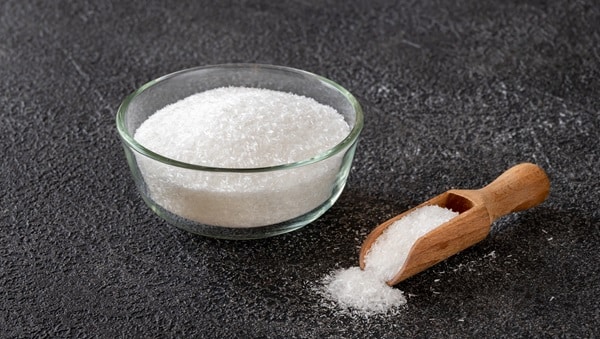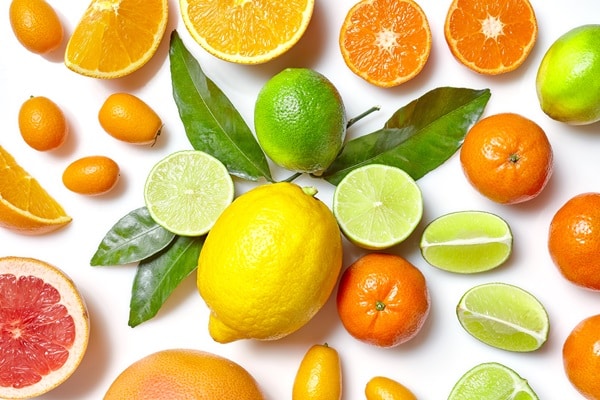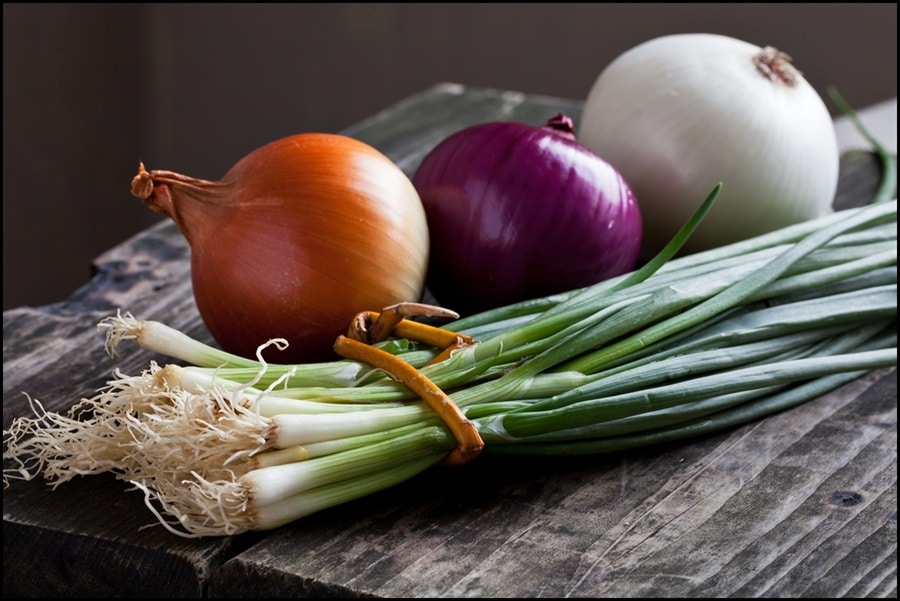Migraines are not just ordinary headaches; they are intense throbbing pains usually affecting one side of the head. They are often accompanied by nausea, vomiting, and extreme sensitivity to light and sound. The experience can be debilitating for sufferers, sometimes lasting hours or even days. While the exact cause of migraines is not fully understood, various triggers have been identified, including stress, hormonal changes, and specific foods. Food-related triggers are especially puzzling, as the same food item may not trigger migraines in every individual. This article aims to shed light on foods commonly linked with migraines, offering insights that could help people make more informed dietary choices. The key is not just what to avoid but also understanding why these foods might trigger migraine episodes.
Contents
Chocolate

Often considered a comfort food, chocolate contains multiple ingredients that could induce migraines. One key ingredient is theobromine, a compound similar to caffeine, which can affect blood vessels and potentially lead to headaches. Moreover, chocolate can cause fluctuations in blood sugar levels, which could trigger migraines in some individuals.
However, it’s not all bad news for chocolate lovers. Not everyone who eats chocolate experiences migraines. The same compounds that could trigger migraines in some may not affect others. Still, for those who have identified chocolate as a trigger, opting for white chocolate, which has lower levels of theobromine, or simply consuming it in moderation might help to reduce the frequency of migraines.
Aged Cheeses

Nothing beats the flavor of a well-aged cheese, but these culinary delights could be migraine-inducing for some. Aged cheeses, such as cheddar, gouda, and blue cheese, contain higher levels of tyramine, a naturally occurring compound. Tyramine can cause blood vessels to constrict and then expand, leading to headaches or migraines in susceptible individuals.
Given the complexity of migraines, not everyone who consumes aged cheese will experience adverse effects. It’s a matter of individual tolerance. For those who have identified aged cheeses as triggers, opting for younger cheeses like mozzarella or feta may be a safer choice. These contain lower levels of tyramine and are less likely to trigger migraines.
Caffeine

A double-edged sword, caffeine is found in various foods and drinks like coffee, tea, and soda. For some, it can help alleviate headaches and improve focus. However, in other instances, especially when consumed in large amounts, caffeine can lead to dehydration and cause blood vessels to constrict, thereby triggering migraines.
Managing caffeine consumption can be tricky. One approach is to moderate intake and maintain hydration levels to counterbalance any dehydration effects. It’s also crucial to be aware that caffeine withdrawal can be another trigger for migraines. As such, for those who are used to high caffeine levels, reducing the intake gradually rather than going “cold turkey” can help prevent triggering migraines.
Alcohol

Alcohol, particularly red wine, has long been associated with migraines. The culprits are often histamines and tannins, compounds found in various types of alcohol. These compounds can affect blood flow and potentially trigger migraine episodes. Moreover, alcohol is a diuretic, which encourages fluid loss and can lead to dehydration, another common migraine trigger.
It’s not just about avoiding red wine; other alcoholic beverages can also serve as triggers. However, the reaction is not universal and varies from person to person. For those who find alcohol a trigger, switching to drinks with lower histamine and tannin content might make a difference. However, moderation is key, and for some, abstaining from alcohol may be the best course of action to prevent migraines.
Processed Meats

Processed meats like salami, sausages, and hot dogs often contain preservatives such as nitrates and nitrites. These substances are known to dilate blood vessels, potentially leading to headaches and migraines. The higher salt content in these foods could also contribute to dehydration, another migraine trigger.
Not all processed meats will have the same effect on everyone. Some people may consume them without issues, while others may find they trigger migraines. For those who have identified processed meats as a migraine trigger, switching to fresh, naturally prepared meats may be a beneficial strategy. Cooking fresh chicken, turkey, or fish at home allows control over what goes into the meal, reducing the risk of triggering a migraine.
Aspartame

Aspartame is a low-calorie artificial sweetener in various food and beverage products like diet sodas and sugar-free candies. While it allows people to enjoy sweet flavors without added calories, it can be a headache for migraine sufferers. The chemical composition of aspartame could interact with neurotransmitters in the brain, potentially causing migraines.
The reaction to aspartame varies between individuals. Some may consume products containing this sweetener without adverse effects, while others may experience migraines. If aspartame has been identified as a trigger, looking for natural alternatives like stevia or reducing sugar intake can be a viable solution for avoiding migraines.
Monosodium Glutamate (MSG)

Commonly found in fast food, processed snacks, and certain types of Asian cuisine, MSG enhances flavor but has been a topic of debate for its health impacts. Some people report experiencing headaches or migraines after consuming foods containing MSG, although the reasons for this aren’t fully understood.
If MSG seems to be a migraine trigger, avoiding it might require more scrutiny while shopping and dining out. Many processed foods contain MSG, even if it’s not clearly stated on the label. When dining out, especially in restaurants that serve Asian cuisine, asking for an “MSG-free” version of a dish can often be accommodated.
Citrus Fruits

Citrus fruits like oranges, lemons, and grapefruits are rich in vitamins and nutrients. However, they also contain citric acid and other compounds that could trigger migraines. The acidity may cause changes in the body’s pH levels, affecting neurotransmitter activity and triggering migraines.
For those who find citrus fruits a migraine trigger, plenty of alternative fruits offer nutritional benefits without the associated risks. Fruits like apples, pears, and berries can be good substitutes. As always, it’s important to monitor how one’s body reacts to different foods and make dietary choices accordingly.
Fried Foods

Deep-fried favorites like french fries, chicken wings, and doughnuts are hard to resist, but they might bring unwanted migraine attacks. Fried foods are often high in trans fats, which can induce inflammation and constrict blood vessels, contributing to migraines.
Grilled, baked, or air-fried foods can make a significant difference as a healthier alternative. Such cooking methods generally use less oil and are lower in trans fats, thus reducing the risk of triggering a migraine.
The Bottom Line
Managing migraines is a complex process involving various approaches, from medications to lifestyle changes. One key aspect to consider is diet, as certain foods have been commonly identified as migraine triggers. It’s crucial to remember that everyone’s experience is different; what triggers a migraine in one person might not have the same effect on another. Keeping a food diary can be a helpful way to identify personal triggers and patterns. Above all, professional medical advice should always be sought for a diagnosis and a tailored treatment plan. Living with migraines is challenging, but with careful attention to diet and other triggers, a more comfortable life is possible.


